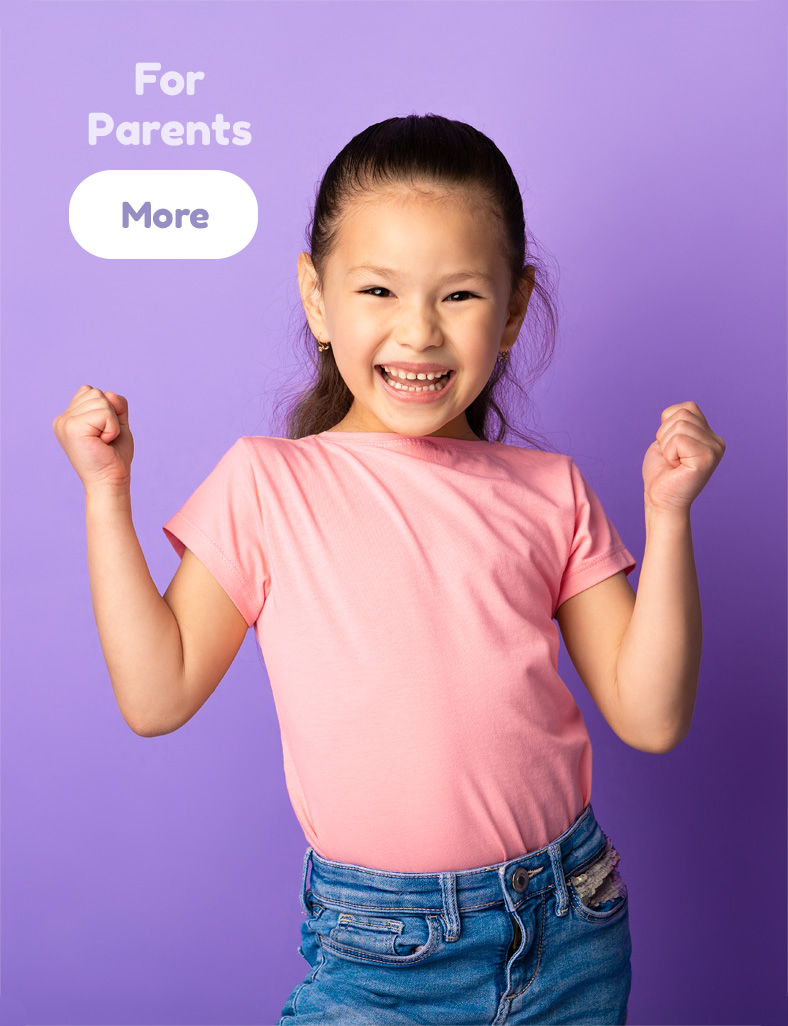Safe Sleep

Safe Sleep Information for Parents & Caregivers
The practice of safe sleep for infants is extremely critical for parents and child care providers to follow.
All of EEC’s standards for the licensure of out-of-home care of children require programs to provide care to children in a way that “assures every child a fair and full opportunity to reach his full potential” (See 606 CMR 7.01; 102 CMR 3.00; and 102 CMR 5.00.) In order to reduce the risk of infant death in child care settings from Sudden Unexplained Infant Death (SUID) and Sudden Infant Death Syndrome (SIDS), EEC has established the following policy regarding sleep practices for all children under 12 months of age.
Required Safe Sleep Practices
In accordance with the recommendations of the American Academy of Pediatrics (October 2011), all programs serving children under 12 months in age must comply with the following safe sleep practices.
- Infants under 12 months in age must be placed on their backs for sleeping, unless the child’s health care professional orders otherwise, in writing.
- Each child must nap in an individual crib, port-a-crib, playpen or bassinet; with a firm, properly fitted mattress and a clean fitted sheet with no potential head entrapment areas. Always use a firm sleep surface. Car seats and other sitting devices are not allowed for routine sleep. Cribs and toddler beds must meet CPSC and ASTM safety standards. Slats on cribs must be no more than 2-3/8 inches apart.
- Blankets, comforters, pillows, stuffed animals, wedges, positioners, bumper pads or other soft padded materials or toys must not be placed in the crib with the baby. Sleepers and sleep sacks are good alternatives to blankets. [For family child care and large and small group and school age child care, see 606 CMR 7.11(13)(e); for residential care see 102 CMR 3.08(7)(b); for placement programs, see 102 CMR 5 10(4)(a)].
- Bottles must never be propped, and babies should not sleep sucking on a bottle of milk. Propping the bottle increases the risk of choking and of ear infections. Falling asleep with milk pooled in the mouth leads to serious dental caries in developing teeth.[1]
- Home monitors or commercial devices marketed to reduce the risk of SIDS must not be relied upon for the supervision of sleeping babies.
- Supervised awake tummy time is required daily to facilitate development and minimize the occurrence of positional plagiocephaly (flat head).
- Children who are younger than six months of age at the time of enrollment must be under direct visual supervision at all times, including while napping. In family child care, direct visual supervision is required specifically during the first six weeks they are in care. [For variations in LGSA, small group and FCC regulations on sleep supervision, see 606 CMR 7.10(5) and 7.10(7)d].
- Group child care programs must include in their written health care policy “a plan to ensure that all children twelve months of age or younger are placed on their backs for sleeping, unless the child’s health care professional orders otherwise, in writing.” [See 606 CMR 7.11(19)(a)9]
Crib Safety
Beginning December 28, 2012, all cribs in licensed child care programs must comply with current CPSC crib standards [See 606 CMR 7.14(1).]. To demonstrate that a crib meets the current CPSC crib standards, one of the following must be observed.
- A “tracking label,” which is a permanent, distinguishing mark on the crib which contains, at minimum, the source of the product, the date of manufacture, and cohort information, such as batch or run number. (Any date of manufacture on or after June 28, 2011, will be accepted);
- A registration form including the manufacturer’s name and contact information, model name, model number, and a date of manufacture on or after June 28, 2011;
- A Children’s Product Certificate (CPC) or test report from a CPSC-accepted third party lab demonstrating compliance with 16 C.F.R. part 1219 or 16 C.F.R. part 1220. [2]
Training
All educators and residential care staff, including programs serving teen parents and foster and adoptive parents caring for children under 12 months in age, must be trained on the aforementioned requirements.
Training must include viewing EEC’s training "Reducing the Risk of SIDS in Child Care," available here in multiple languages. [For family child care and group child care programs, see 606 CMR 7.09(15)(d) and 7.09(17)(a); for residential programs serving children and teen parents, see 102 CMR 3.04(7)(g); for agencies offering child placement and adoption services, see 102 CMR 5.10(13)].
All family child care educators must renew training in infant safe sleep with every licensing cycle. Documentation of this training must be submitted with each 3-year license renewal. Training may include viewing of EEC’s training "Reducing the Risk of SIDS in Child Care," or via another authorized vendor, such as those offered by local hospitals or the Department of Public Health.
EEC requires that all group child care educators who work with infants renew their infant safe sleep training with each 2-year licensing cycle. This includes all staff that may provide coverage, even on an occasional basis, in an infant classroom.
All new staff in group programs and any assistants caring for infants in family child care programs must be trained on safe sleep practices prior to caring for infants.
Required Information for Parents
- Family child care and group child care programs must provide information to families in writing prior to enrollment of their child regarding SIDS risk reduction practices, including the practice of sleeping infants on their backs. [See 606 CMR 7.08(6)(j)].
- Residential programs serving teen parents must provide information to those parents in writing regarding SIDS risk reduction practices, including the practice of sleeping infants on their backs. Parents should be provided an opportunity to review EEC’s "Reducing the Risk of SIDS in Child Care" or safe sleep training. [See 102 CMR 3.07(1)].
Results of Failure to Comply
Failure to comply with EEC’s regulations and policies regarding safe sleep places infants at serious risk of injury or death. If EEC determines noncompliance with infant safe sleep, programs will be required to retrain all educators in infant safe sleep (within 10 days of the citation). Training must include informing educators on resources about Sudden Infant Death Syndrome (SIDS) and safe sleep practices through resources such as;
For family child care, the educator must sign EEC’s Provider Safe Sleep Pledge.
For group child care, the director must conduct random inspections at least weekly of the infant room and safe sleep practices, including documentation of the dates, times, teachers, number of children, and what was observed. Documentation must be available for EEC review.
As of September 1, 2014, any family child care or group child care program cited for failure to follow EEC’s safe sleep regulations and policy is required to provide, within 2 days of the citation, written notification of the noncompliance and plans to immediately correct it to the parents of infants involved in the noncompliance. Educators must use the attached: Safe Sleep Parent Letter – First Visit of Noncompliance Findings. (Per 707.8(8)(f) and 7.07.6(5)). A copy of each letter, signed by the parent(s) is to be retained by the program in the child’s file.
Non-compliance with safe sleep requirements may result in legal sanctions against or limitations on a program’s license. Sanctions may include a freeze on infant enrollment, required training of staff and other limitations including a prohibition from the care of infants.
[1] After feeding and before putting an infant to sleep, gently wipe any milk residue from her gums. A pacifier can be offered at sleep time instead of a bottle.
[2] While manufacturers, importers, and retailers are not required to supply CPCs or test reports to consumers, many will provide these documents upon request, or they post them on their websites. A CPC or test report indicating compliance with any of the following standards is acceptable for full size cribs: F1169-10, 10a, or 11. A CPC or test report indicating compliance with any of the following standards is acceptable for non-full size cribs: F406-10l 10a, 10b, 11, 11a, 11b, 12, or 12a. If a crib purchased after June 28, 2011 does not have a tracking label or registration form, contact CPSC’s Office of Compliance and Field Operations at jjrgl@cpsc.gov. Receipts alone are not an indicator of compliance and should only be used to support the documents identified above when determining compliance.
